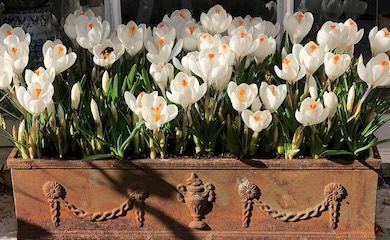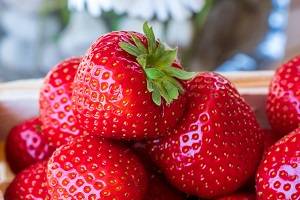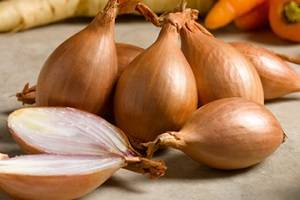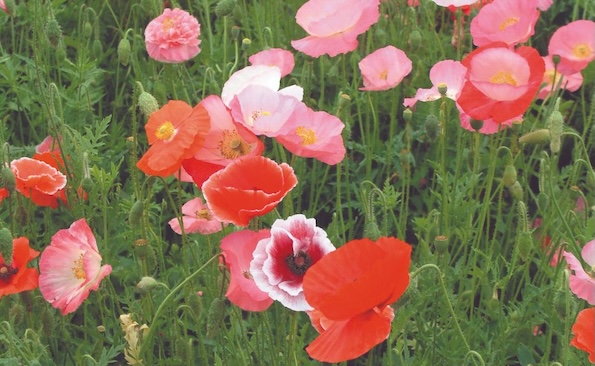Organic Gardening - what to sow in October
October brings cooler weather, making it a good time to prepare the garden for winter, plant spring bulbs, and finish harvesting late crops. Take time to clear spent plants and protect tender varieties.
Flowering Plants
Flowering Plants
- Sow hardy annuals like cornflower and poppy seeds under a cloche for early spring blooms.
- Start sweet pea seeds undercover for a head start.
- Plant allium and daffodil bulbs outdoors for next year.
- Lift and divide overgrown perennials like geraniums and day lilies.
- Trim and tidy chrysanthemums and asters.
- Plant wallflowers and sweet williams.
- Cut faded tender herbaceous perennials like dahlias down to the ground and mulch.
- Plant winter-flowering bellis, pansies and violas.
Vegetables
Vegetables
- Plant autumn garlic & onions sets in well-drained soil.
- Sow hardy broad beans and peas to overwinter in an unheated greenhouse.
- Harvest the last summer root crops of carrots and beets.
- Sow winter-hardy varieties of lettuce.
- Protect brassicas from pests with netting.
- Dig up and store potatoes in a cool, dry place.
- Add manure or compost to vegetable beds.
- Harvest pumpkins and squash before frost.
Fruit
Fruit
- Plant bare-root fruit trees in fertile soil.
- Plant rhubarb crowns in weed-free, rich soil.
- Plant bare-root fruit bushes like blackcurrants, gooseberries, blackberries and raspberry canes.
- Plant new blueberry bushes in acidic soil.
- Remove three year old strawberries and plant runners in small pots for planting in spring.
- Harvest the last of the apples and pears and store apples in a cool, dark place.
- Harvest quince fruits when they're aromatic and golden in colour.
- Harvest medlars after the first frost.
General Garden Jobs
General Garden Jobs
- Rake fallen leaves from lawns and add to compost.
- Net ponds to keep out leaves.
- Turn compost to aerate and encourage decomposition.
- Clean and store garden tools.
- Insulate greenhouses for winter using bubble wrap or horticultural fleece.
- Clear garden beds of weeds.
- Raise mower blades for the last lawn cut.
- Check stored produce for signs of rot.

Pots & Containers
- Replant pots with winter-flowering varieties like pansies and cyclamen.
- Protect pots from frost by grouping them together. Bring precious pots into an unheated shed or wrap them in bubble wrap.
- Water your pots less frequently as temperatures cool.

Wildlife
- Add a hedgehog house or leaf pile to the garden.
- Leave some flower seed heads as winter food for birds.
- Plant pollinator-friendly plants like native ivy, hedera helix. The birds love the winter berries too.

Pruning
- Lightly prune rose bushes into shape.
- Cut back hardy perennials like hostas and geraniums.
- Prune deciduous trees as the leaf drop exposes their inner framework. Start by removing dead, dying and damaged branches.
Organic Gardening Tip: Collect fallen leaves and place them in a wire mesh bin or breathable bags to decompose over winter. Leaf mulch is a free, eco-friendly way to enrich the soil.

Written by: Sophie Essex, garden writer
Sophie Essex is a freelance garden writer with a passion for horticulture and environmental conservation. She's qualified with a BSc in Botany/Plant Biology from the University of Plymouth and a MSc in Biodiversity and Taxonomy of Plants from The University of Edinburgh.
Sophie has also worked as a professional gardener and landscaper, developing her practical skills at Cornwall's Eden Project, the National Trust for Scotland, and the Royal Botanic Garden Edinburgh.













